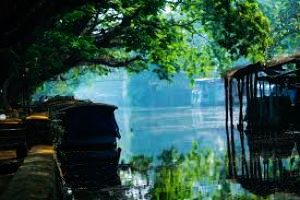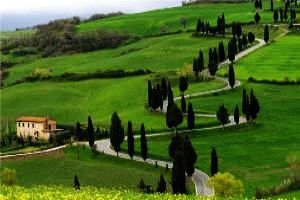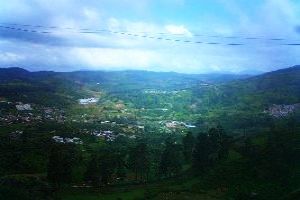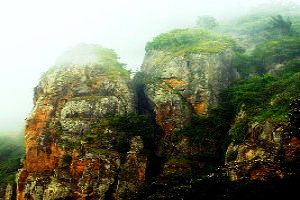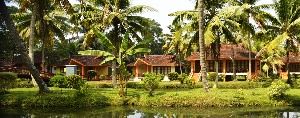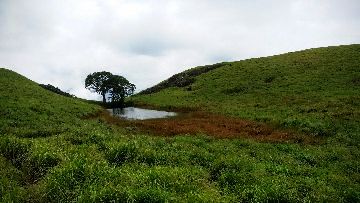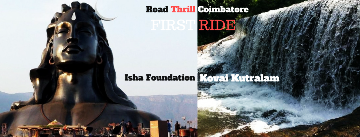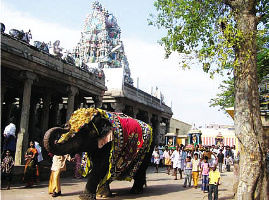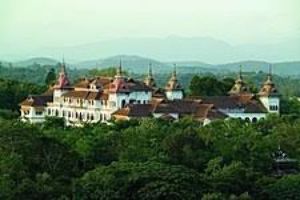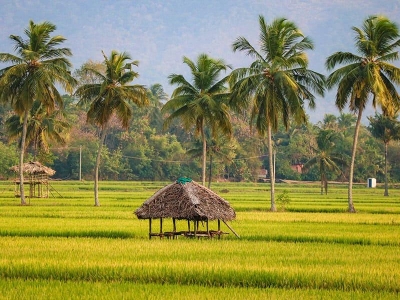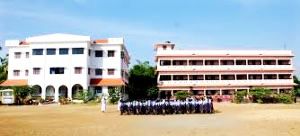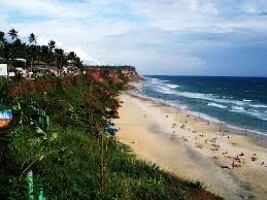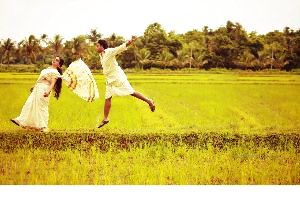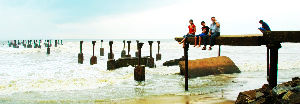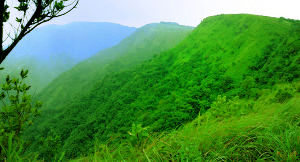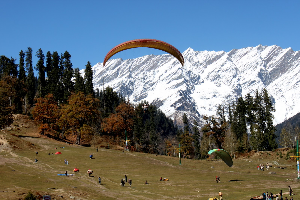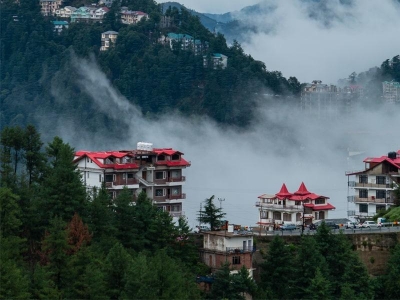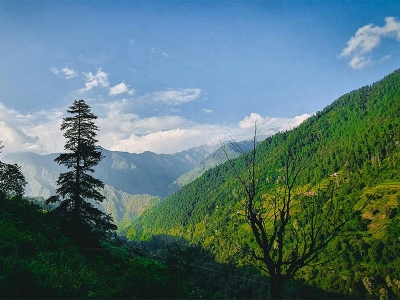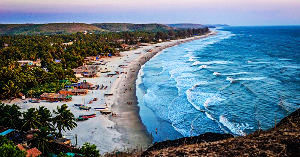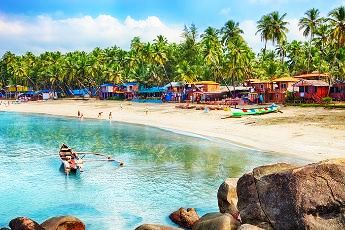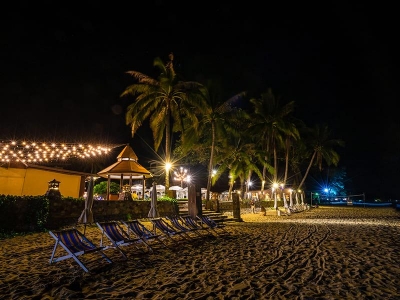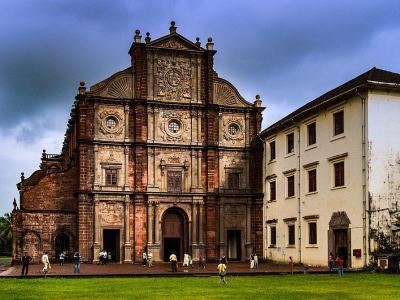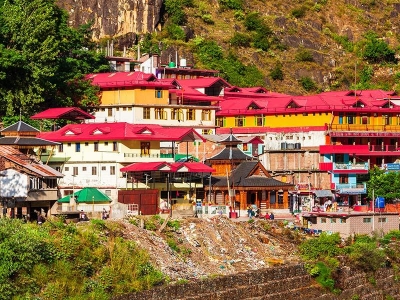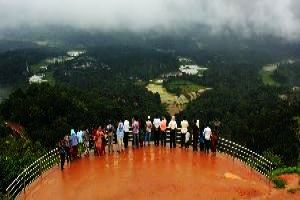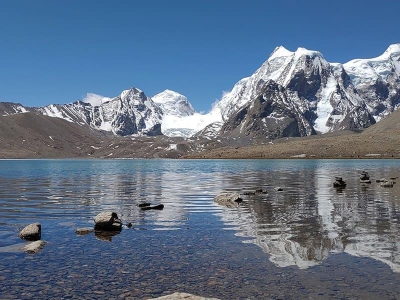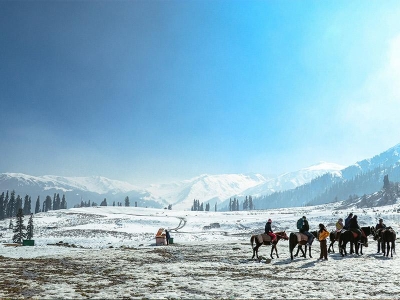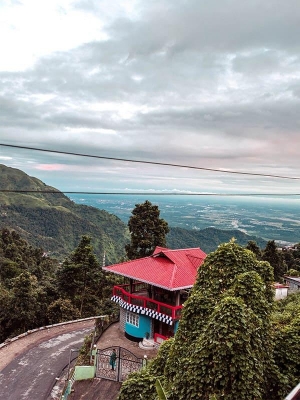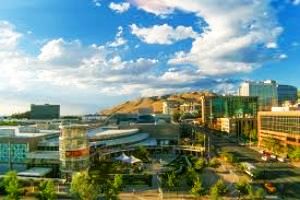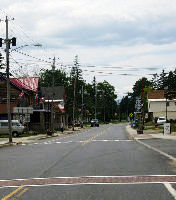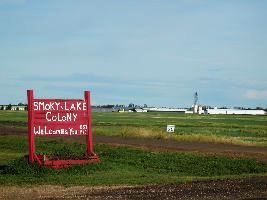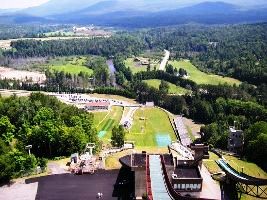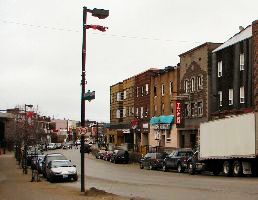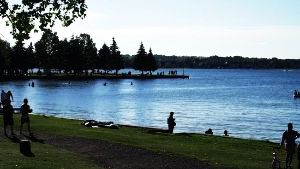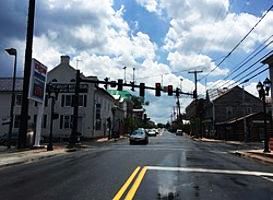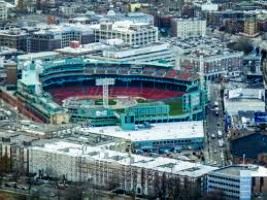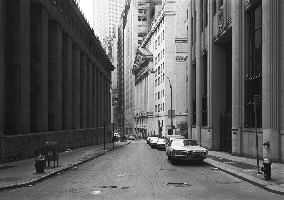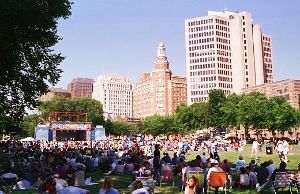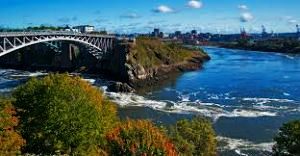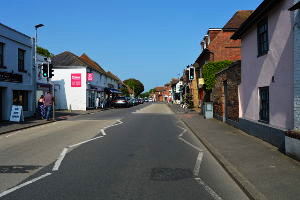Places to visit in Kerala
Things to do
Packages
Ideal Days
Best time to visit
Q&As
About Kochi
The most popular image of Kochi, or Cochin as it was once called, in the contemporary traveller’s imagination is the sighting of Chinese fishing nets framed against a spectacular sunset. But there is more to Kochi than just that. A thriving metropolis in modern Kerala, it is also known as the Queen of the Arabian Sea. Amongst the most significant trading hubs for spices in the East since the fourteenth century, Kochi has been a gateway to India for the last 600 years.
In ancient times, Muziris was the most important port on the west coast linking India to the famed spice trade routes of the old world. Enterprising Greek, Roman, Arab, Jewish, Syrian and Chinese traders flocked here. But when Muziris was destroyed by flooding in 1391, Kochi took its place, becoming the most significant port of the Kingdom of Kochi. So great was its significance to the ancient trading routes that it even fell under the protection of the Ming Dynasty. The Portuguese would establish their rule here in 1500 and remain for the next one hundred and sixty-three years. The remains of the revered Portuguese explorer Vasco da Gama would also first be buried here, before it was later moved to Portugal. Subsequently, Kochi would fall under Dutch administration for the next hundred years. The British gained control of Kochi only in 1814, when the Dutch exchanged the port to gain control of the island of Bangka in Indonesia. Later, the Kingdom of Kochi became the first princely state to accede to the Indian union.
These myriad histories meet in the bylanes of modern-day Kochi, where beneath the façade of a thriving industrial metropolis, you still find the quaint charm of a laidback Mediterranean town steeped in the Age of Discovery of Europe’s renaissance. To embrace Kochi is to know and explore its many identities and stories, all waiting to be uncovered by the discerning traveller. While this has been more fully explored in Goa and Pondicherry, Kochi remains Kerala’s best-kept secret. There’s definitely more to this state than its famed backwaters.
WHAT TO SEE
The backwaters: These remain an integral part of the Kochi experience, especially at Cherai Beach or Lake Vembanad. The lake, which is Kerala’s largest lake, is also the longest in India. It is here that you can also expect sightings of ancient Chinese fishing nets set against bamboo poles, first imported from the courts of Kublai Khan at the turn of the fifteenth century against the Kerala sky.
Fort Kochi: But it is also on the beaches of Fort Kochi that the first Chinese fishing nets were set up. These remain here in the modern seaside town of Fort Kochi, interspersed with examples of Portuguese, Dutch and British architecture. Chic eateries can be found in abundance at Fort Kochi, alongside ancient monuments. All of this makes it a great place to spend a weekend afternoon.
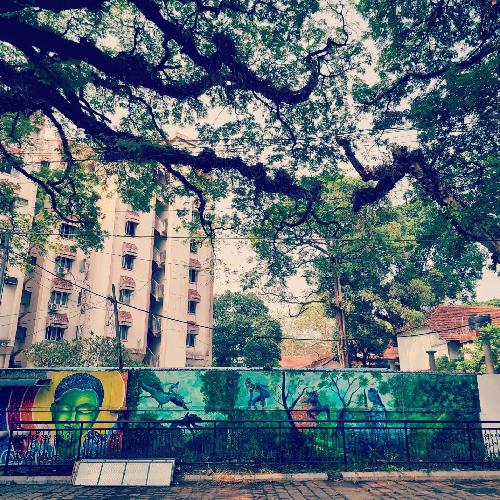
The palaces of Kochi: Kochi’s diverse history has made it the site of statuesque palaces with varied histories. While the Hill Palace was the administrative office of the Kochi Rajas, the Mattancherry Palace and the Bogati Palace were remnants of the town’s Dutch history, which fuse Dutch and Indian architectural elements. The Mattancherry Museum is especially celebrated for its fine murals. Legendary scenes from the Ramayana and Mahabharath play out here and are a sight to behold.
The churches of Kochi: The town’s churches and basilicas are testimony to several Indian Christian histories that all coincide at Kochi. It is home to both the Koonankurishu Church, which is among the revered of Orthodox Christian pilgrim sites in Asia, and the St. Francis Church, which is the oldest European church in India. It is here that Vasco Da Gama was buried before his mortal remains were returned to Portugal.
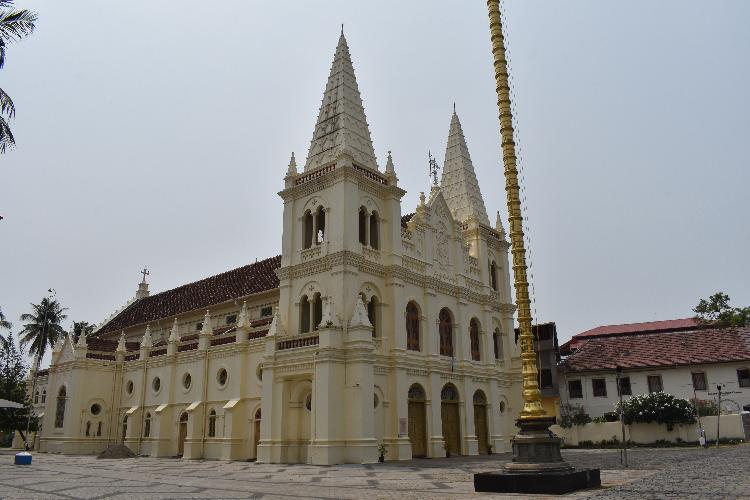
Jew Town: Kochi’s place at the confluence of history also made it home to the largest community of Indian Jews. The community established here by the Malabar Yehudan people still stands today in Kochi, within the enclosure known as Jew Town, where east curiously meets west. It is also the site of the Pardesi Synagogue, which has the oldest synagogue in the Commonwealth of nations. While most of the Malabar Yehudan Jews have immigrated to Israel, the synagogue stands well preserved, surrounded by a line of curio shops with a distinctly Mediterranean flavour. It stands testimony to Kochi’s place as the vibrant confluence of many cultures.
The Museums of Kochi: The city’s multi-layered history is reflected through sculpture in the Museum of Kerala History. But you can also explore Kerala’s alternative rich folk traditions at the Kerala Folklore Museum. Its 5000 artifacts cover the Malabar, Travancore, and Portuguese architectural styles. Another interesting site is the Hill Place Museum, which was the official residence of the Kochi royal family.
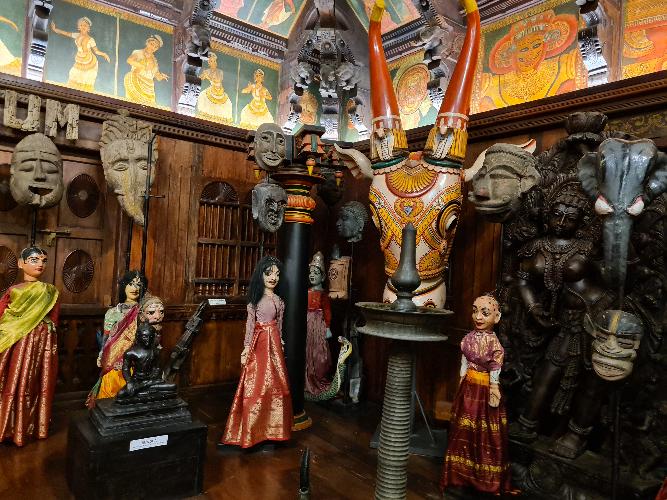
WHAT TO DO
Kochi is known for its iconic cafes and restaurant, which bring a laidback artistic aura to this ancient trading hub and cultural centre. Among the best known is the Kashi Art Café, but you could also spend a laidback evening at the city’s popular waterfront restaurant Ginger House. Qissa Café is where the city’s well-heeled hang out.
Watch out for the Kathakali and Kalarippayattu performances in Kochi every evening. A great place to do this is the Kerala Kathakali Centre, which promises you an intimate viewing experience. They will certainly add a new dimension to your visit to the town and give you a glimpse into the many cultural arts of Kerala.
Our Tip: A great time to visit Kerala is during the Kochi-Muziris Biennale. Spread across the city, the festival brings together over 90 Indian and international artists and is the biggest such festival in South Asia. Visiting the city during Biennale adds to what you can do, and elevates your experience of Kerala’s artistic and cultural hub.
What to eat: The one cuisine item you must try on any visit to Kerala are its unique preparations of fish. But unique to Kochi is pappas, which is a fish preparation made in Portuguese style. For vegetarians, it is the best place to explore the Malayalee art of making avial. Only in this part of the country will you find a generous sprinkling of coconut over most of its vegetarian dishes. Like in the rest of India, a thali is a good option for those who want to sample a mix of the state’s offerings. Wash it all down, with one of the many varieties of Kerala payasam available here. They make the best desserts. Yet, while Kerala is best known for its traditional Malayali cuisine, Kochi’s unique heritage also makes it the home of many chic cafes, which bring an Indian flavour to many old continental classics.
What to buy: Spices, oil, and masks are the things to pick up across Kerala. At Kochi, especially watch out for handicrafts from Kerala or oils and remedies drawn from the state’s rich Ayurvedic tradition. Eucalyptus oil is a useful takeaway. But if you want something representative of the state’s culture, a Kathakali mask or a lamp are good ideas. When it comes to clothes, watch out for the distinctive Kerala sari.
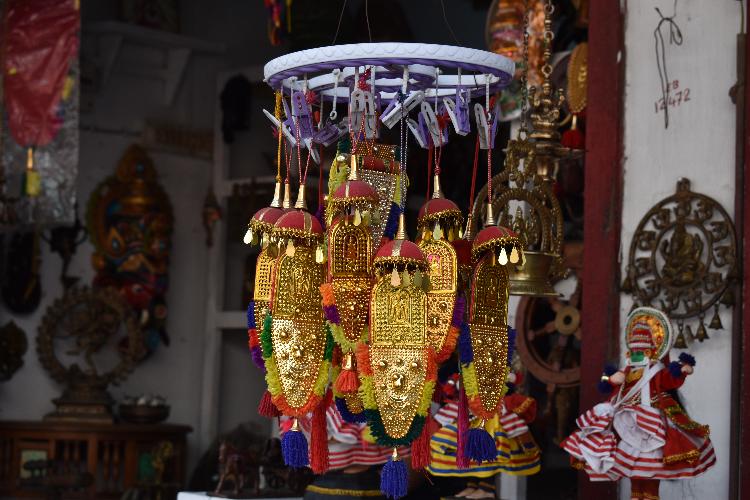
Getting around: The easiest way to get around Kochi is to hire a cab for a day, which takes you to all its faraway points that are distributed in different parts of the town. Ola and Uber are available here. Public transport is available but cannot be relied on. Autos are available too, but be prepared to haggle hard for the best price.
Where to stay: Fort Kochi, with its laidback charm, where east meets west, is a favourite destination among tourists and boasts of many vibrant homestays.
The best time to visit: Given its place as a vibrant megapolis, Kochi draws visitors all through the year. They come to both live in and visit, thereby partaking of its vibrant culture. But October to February are Koshi’s coolest months.
How to get there: Kochi is connected to India by rail, road, and air. The Cochin International Airport is Kerala’s largest and busiest airport. It is also the world’s first completely solar-powered airport.
Content and photo credit: Christina Daniels
Kochi Rating & Reviews






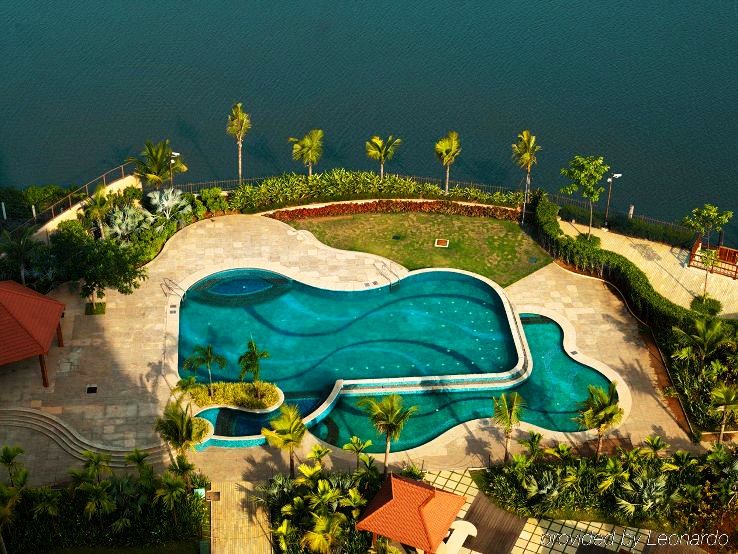
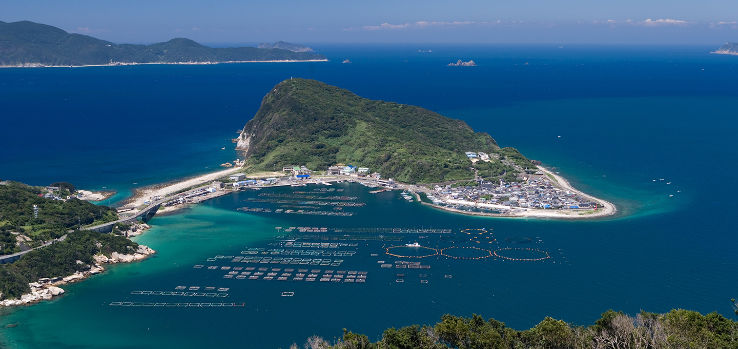

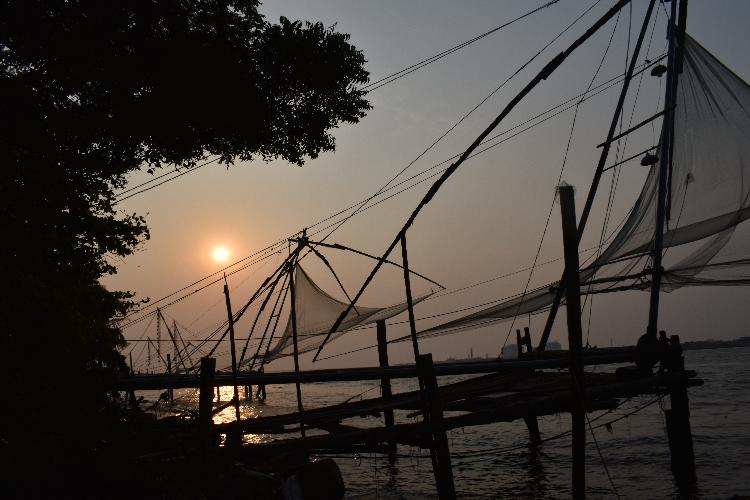
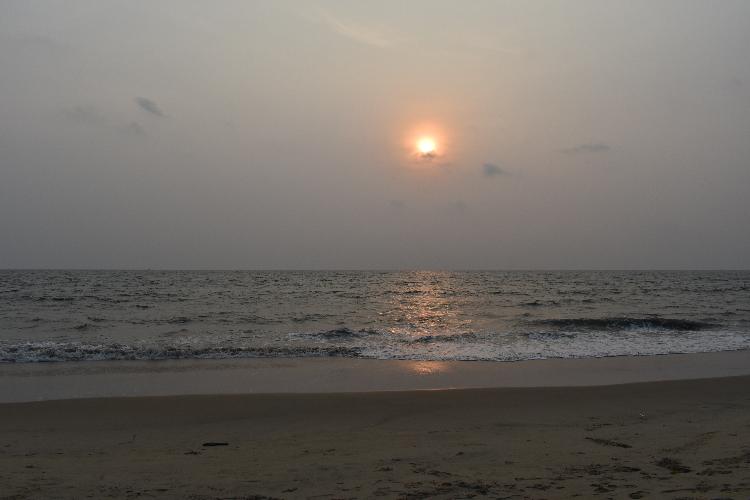
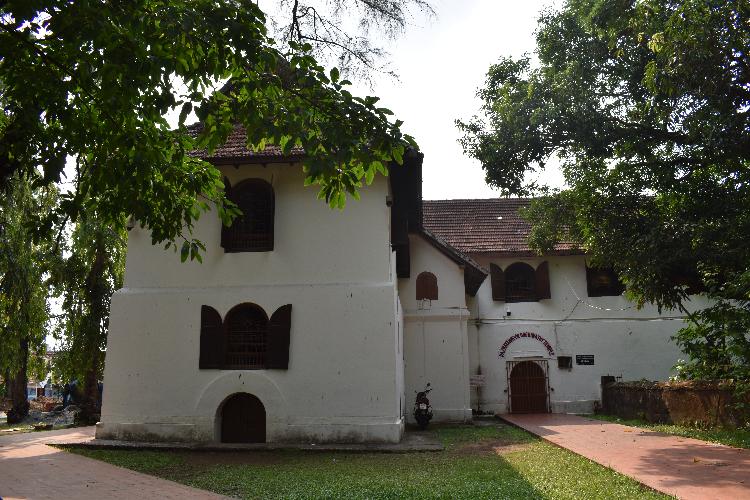
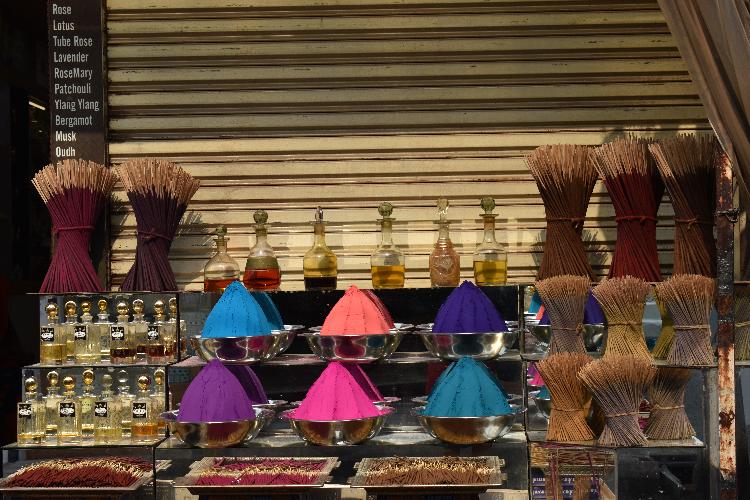
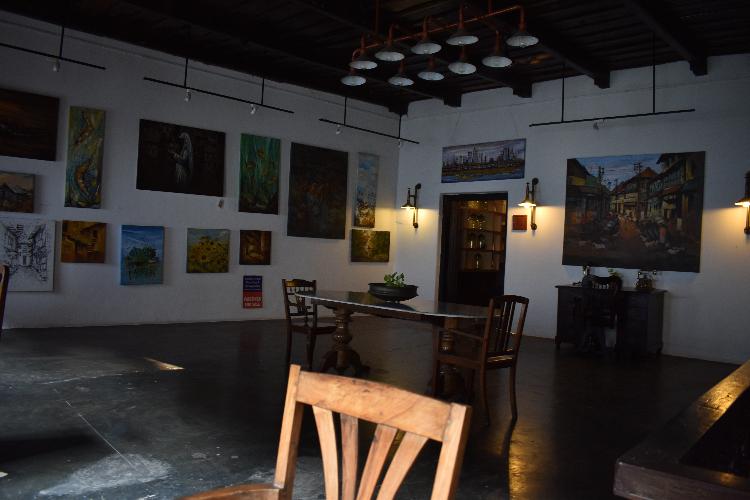
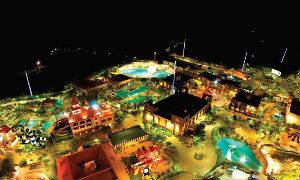
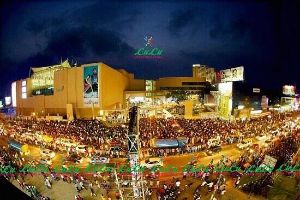
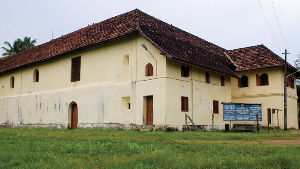
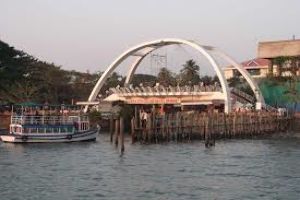
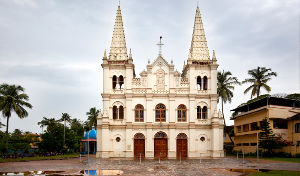
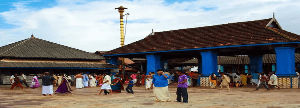
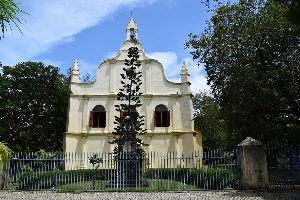
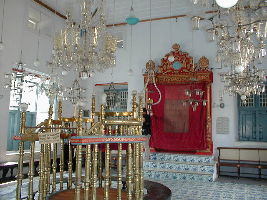
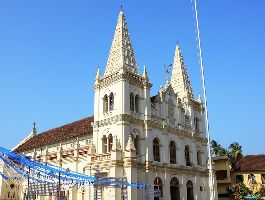
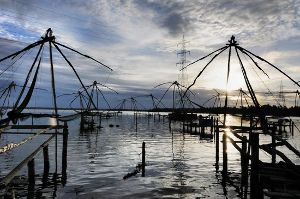
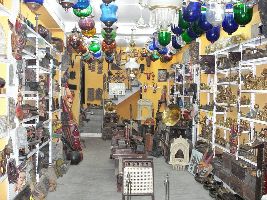
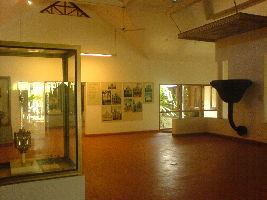
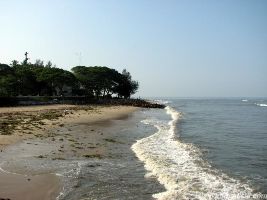
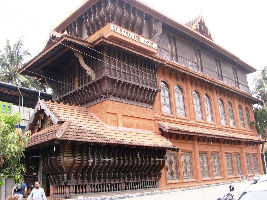
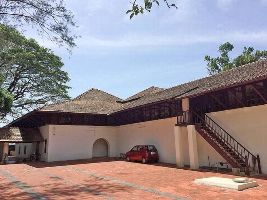
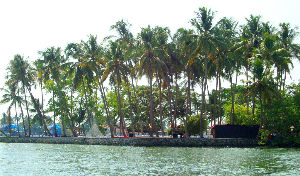
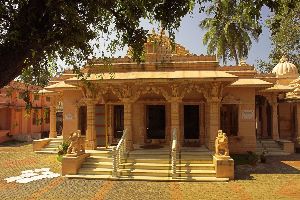
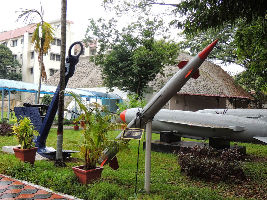
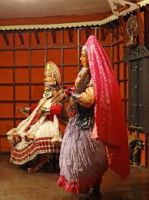
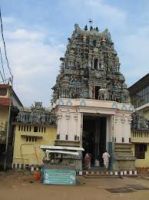
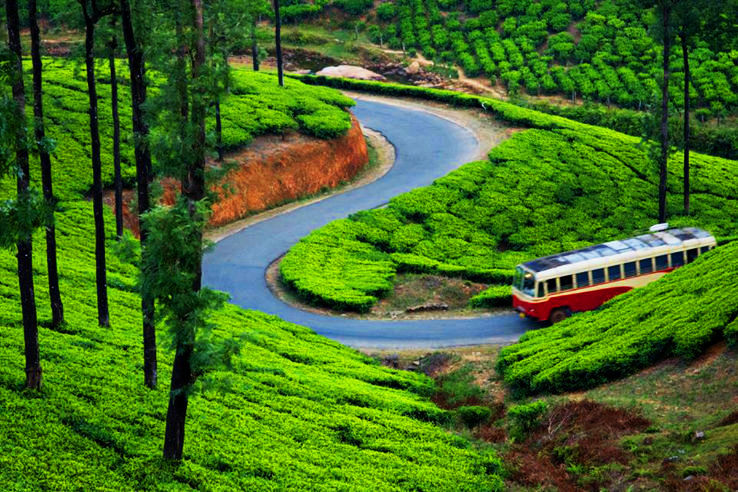
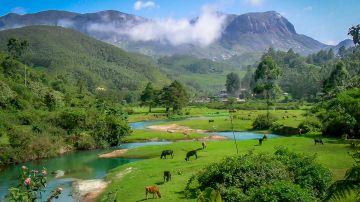
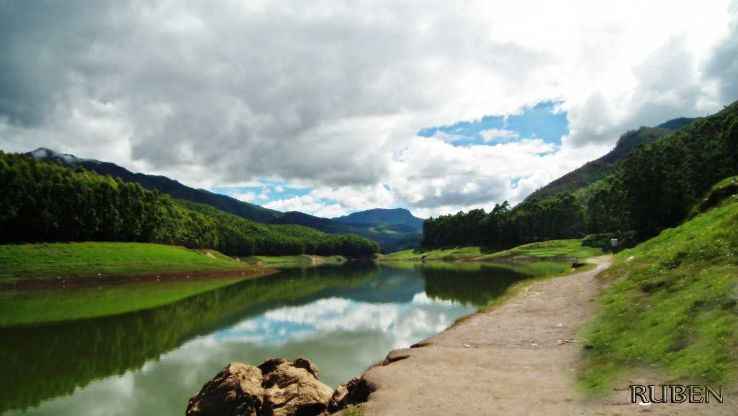
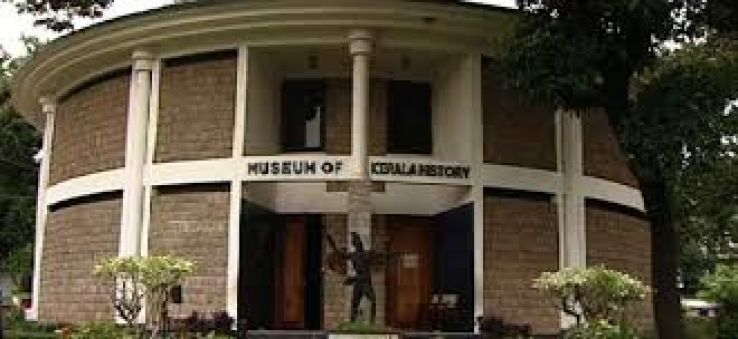
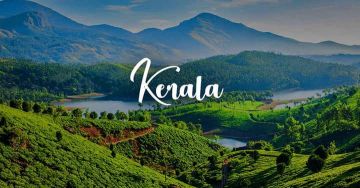
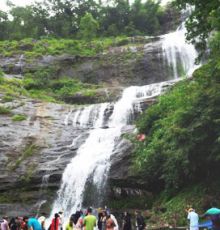
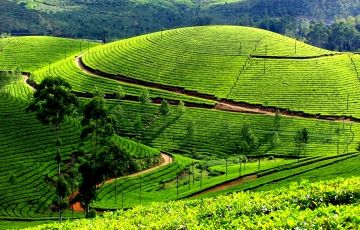
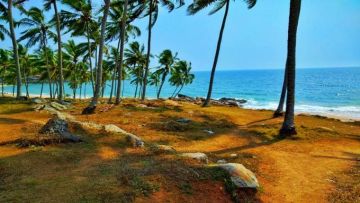
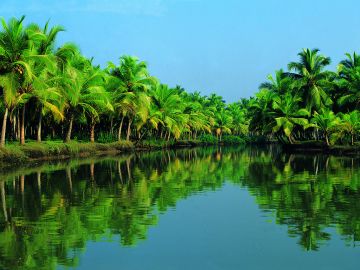
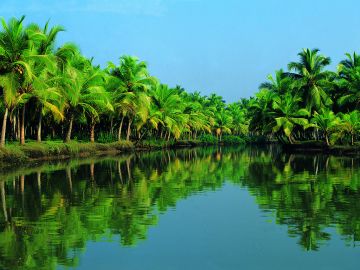



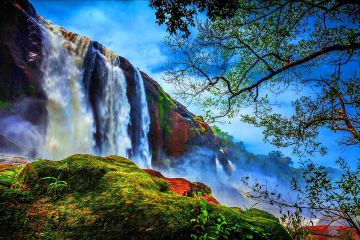
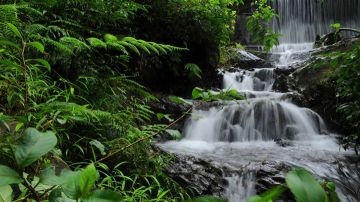
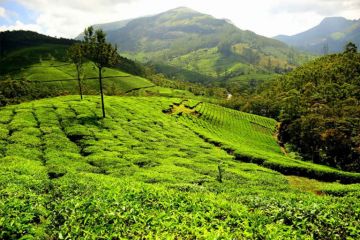
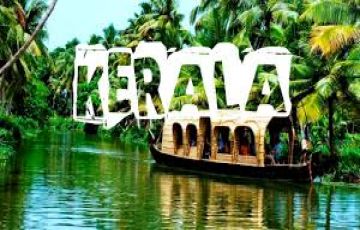
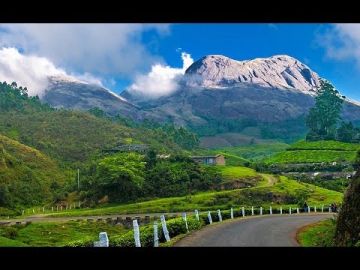
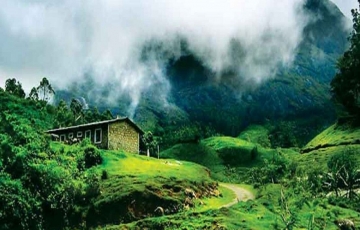
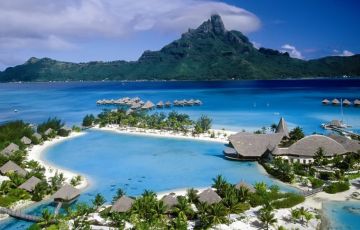
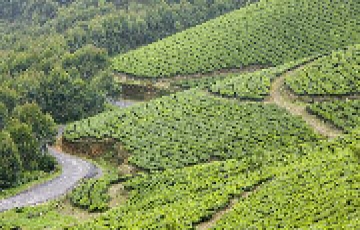
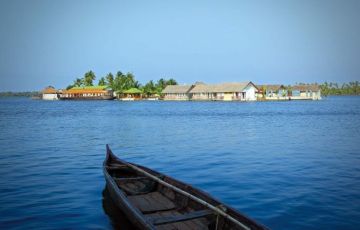
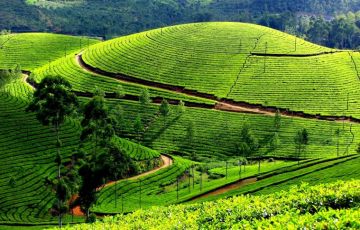
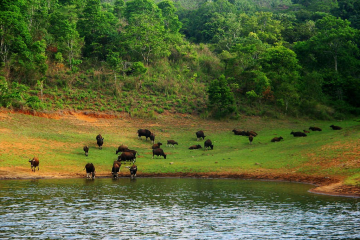
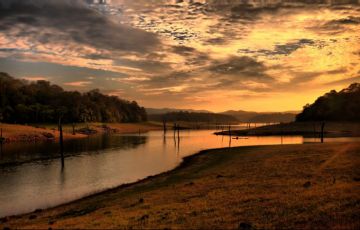
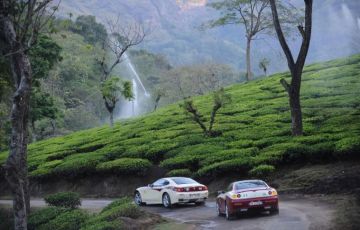
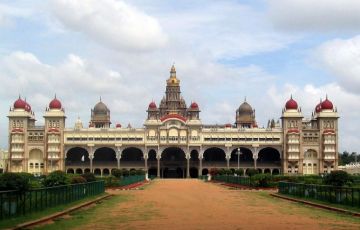
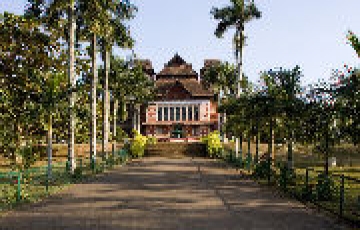
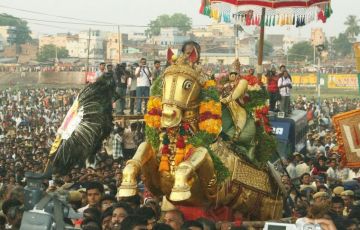



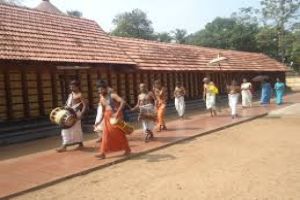
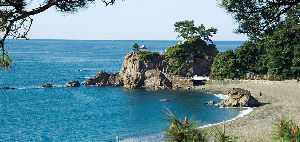
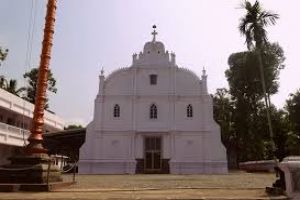
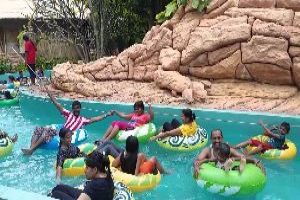
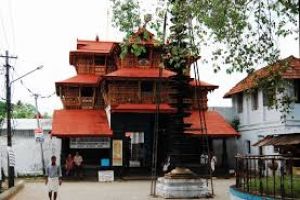
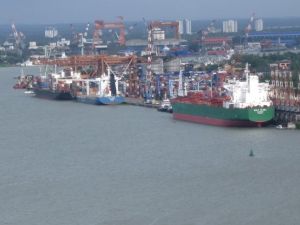
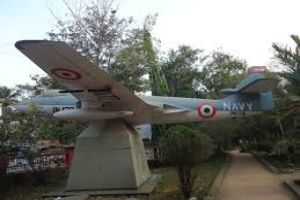
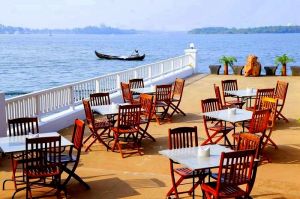
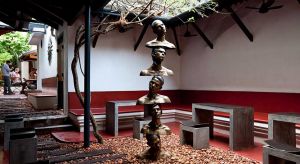
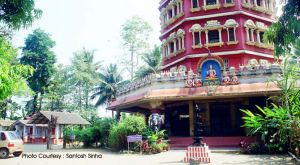
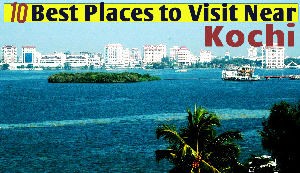
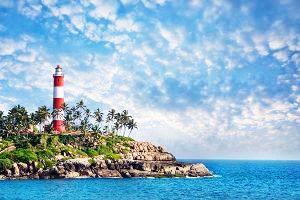

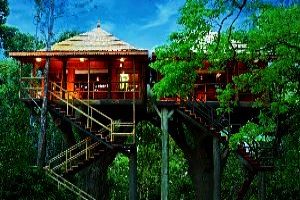
_1509646944m.jpg)
